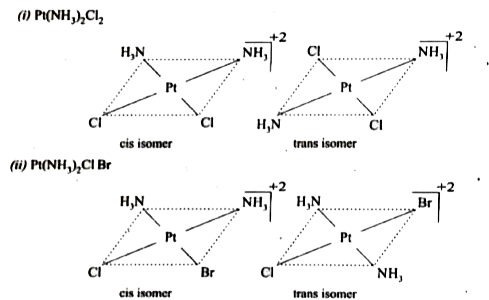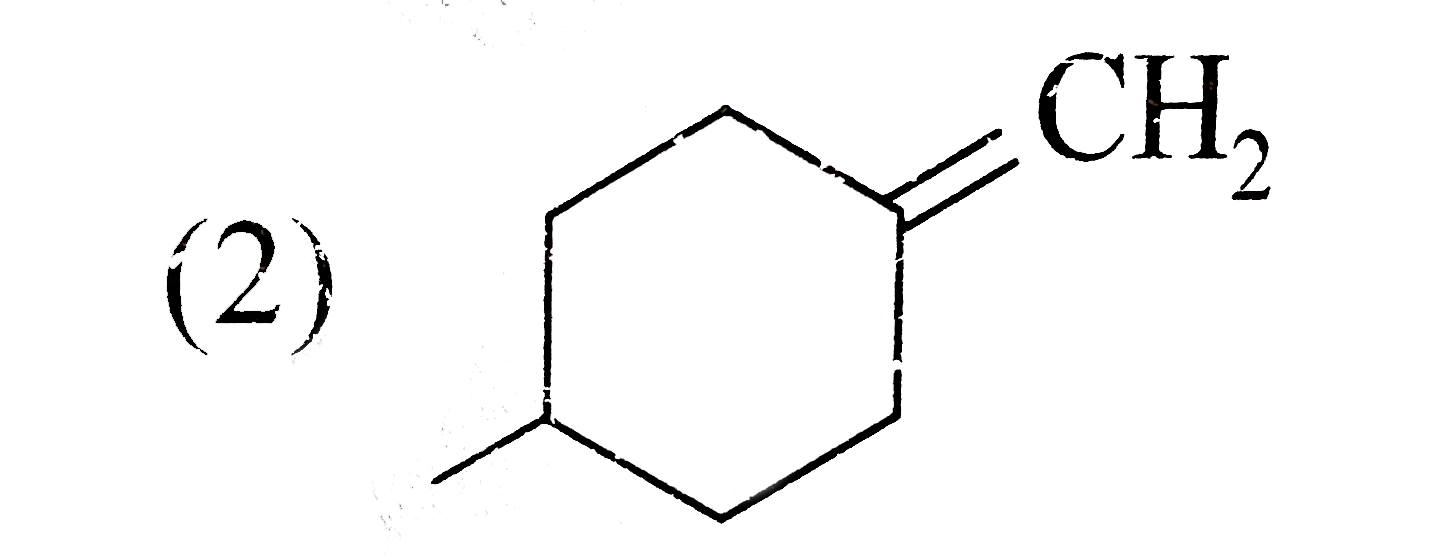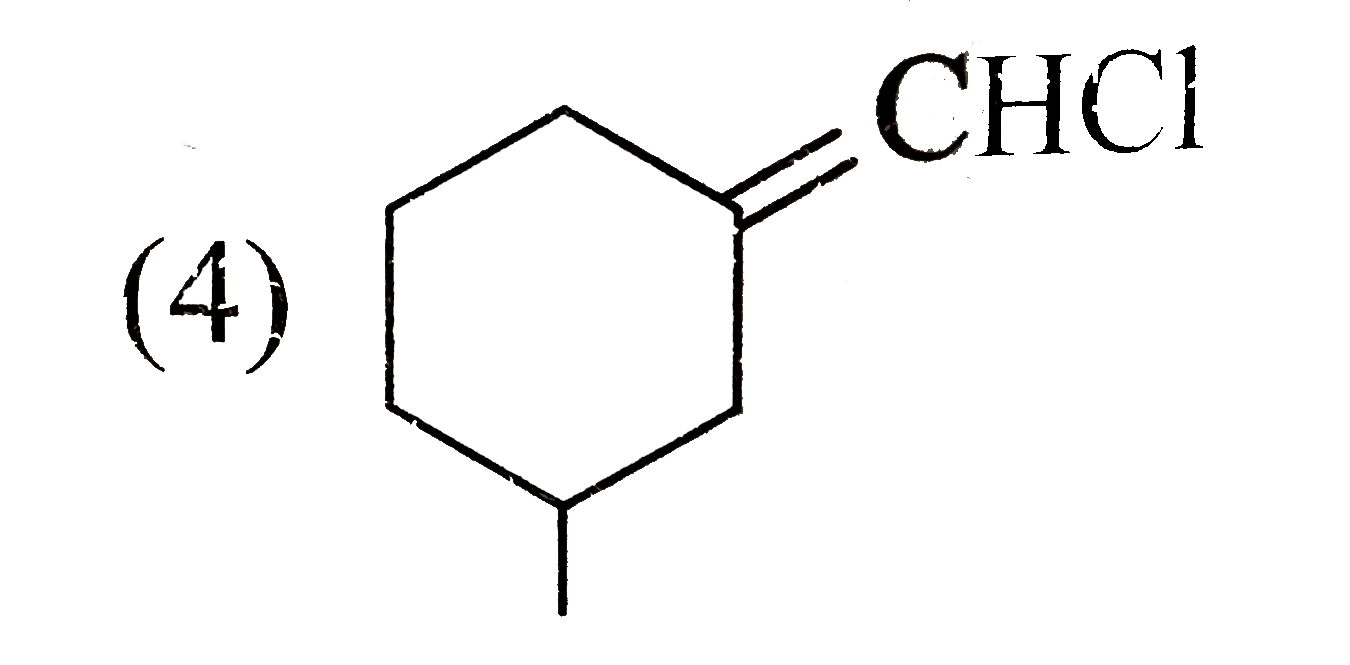Briefly outline the geometrical isomerism exhibited by square planar and with an example.
Text Solution
Square planar complexes: In square planar complexes of the form [MA2B2]n± and [MA2BC]n± (where A, B and C are mono dentate ligands and M is the central metal ion/ atom). Similar groups (A or B) present either on same side or on the opposite side of the central metal atom (M) give rise to two different geometrical isomers and they are called, cis and trans isomers respectively. The square planar complex of the type [M(xy)2]n± where xy is a bidentate ligand with two different coordinating atoms also shows cis-trans isomerism. Square planar complex of the form [MABCD]n± also shows geometrical isomerism. In this case, by considering any one of the ligands (A, B, C or D) as a reference, the rest of the ligands can be arranged in three different ways leading to three geometrical isomers.

|
Updated on:21/07/2023
Topper's Solved these Questions
- BOOK - PREMIERS PUBLISHERSCHAPTER - CO-ORDINATION CHEMISTRY EXERCISE - Other Important Question & Answer (Choose the correct Answer)30videos
CO-ORDINATION CHEMISTRY
- BOOK - PREMIERS PUBLISHERSCHAPTER - CHEMISTRY IN EVERYDAY LIFEEXERCISE - OTHER IMPORTANT QUESTIONS& ANSWERS (ANSWER THE FOLLOWING QUESTIONS)63videos
CHEMISTRY IN EVERYDAY LIFE
- BOOK - PREMIERS PUBLISHERSCHAPTER - ELECTRO CHEMISTRYEXERCISE - OTHER IMPORTANT QUESTIONS & ANSWERS (II. Answer the following questions: )58videos
ELECTRO CHEMISTRY
Similar Questions
Knowledge Check
- Question 1 - Select One
The geometrical isomerism is exhibited by
A B
B C
C D
D
- Question 2 - Select One or More
Geometrical isomerism is exhibited by:
A2-chlorobut-2-eneBbut-2-eneC3-methylpent-2-eneD2-methyl but-2-ene - Question 3 - Select One
Example of geometrical isomerism is
A2-butanolB2-buteneCbutanolD2-butyne

